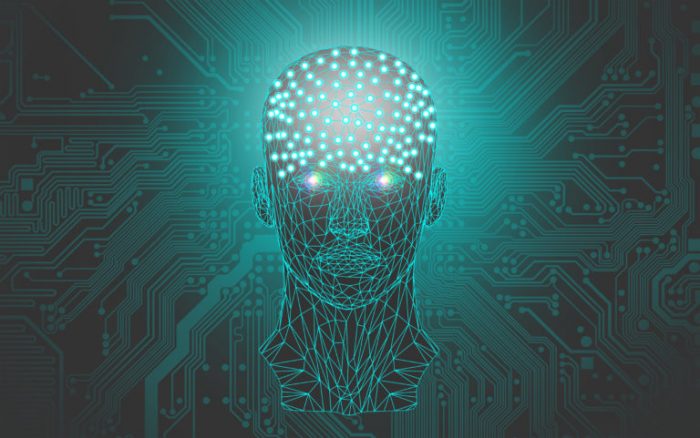Artificial Intelligence
Introduction
Artificial Intelligence (AI) is the latest trend in this modern technological world. Its applications can be seen across all domains like business, manufacturing, production, services, governmental agencies, scientific research, etc. With this growing influence of AI, we can improve our decision-making strategies and implementation in various circumstances.
The term “Artificial Intelligence” was coined by John McCarthy in 1956 and defined it as “The science and engineering of making intelligent machines, especially intelligent computer programs”.
What is Artificial Intelligence (AI)?
Artificial Intelligence is a field of computer science where machine or computer programs perform tasks normally which requires human intelligence. It is a study of how the human brain thinks, learn, decide and work when it tries to solve the problem. When a machine acquires this transformation then it is called Artificial Intelligence. Some of the recent inventions in the field of AI are facial recognition, virtual personal assistants (like Alexa, Cortana), self – driving cars, the recommendation in search engine, online customer support chat and so forth.

Machine learning – Foundation of AI
Machine learning is a “Field of study that gives computers the ability to learn without being explicitly programmed.” It identifies patterns from data and helps to make a decision with minimal human intervention.
Two major areas in machine learning are –
- Supervised Learning – Here, it is mainly prediction based on user input. Data are placed on the correct label. We know the sample data relationships and based on it, we predict the outcomes. It is usually done in classification (to label the data) and regression (to get the correct outcome from labelled data). Classification helps to classify data in different classes. It is discrete and doesn’t imply any form of order. Regression helps to predict the value of future outcomes by using past data. This method helps in forecasting the data and Time-series Analysis.
- Unsupervised Learning – Here, the data is neither labelled nor sorted. It mainly focuses on discovering the patterns of data. The output is dependent on coded algorithms. Supervised learning is more applicable in real life problems as unsupervised learning gives poor and inaccurate outcomes. It is further classified into clustering and association. Clustering is a technique to cluster or subgroup the data into similar traits. To find the relationship between two or more data variables we use measures of association.

Applications of Artificial Intelligence
- Robotics – It is a domain in AI which is emerging in business process automation. Robots are artificial agents working in a real-world territory. In automotive manufacturing, we can find its applications in areas like welding, painting, assembly lines, etc. Apart from manufacturing sectors, we have seen its applications in various service sectors as well. One of the popular AI robots is Sophia – the first robot in the world to have citizenship.
- Natural Language Processing (NLP) – It is a process of translating languages where machines can understand and interpret it. In a simple way, we can describe it as an ability of machines to understand human language. The major objective of NLP is to read, decode, understand and make sense of the human language in a valuable way. Some of the techniques used in NLP areSyntax – Here we do the arrangement of words in a particular way which has a correct grammatical interpretation.Semantics – Here we apply algorithms to understand the meaning and interpretation of words. Some of the popular applications are Ok Google, Alexa, Cortona, Google translate, etc.
- Expert systems – The most important area of AI is expert systems. It has the ability to make real-life decisions without involving human procedures. It relies on a knowledge base system. Knowledge base system is a collection of organized facts and figures about the particular domain. Please note that – collection of highly accurate and precise knowledge is the reason for the success of Expert System in AI. Some of its characteristics are understandable, reliable, performance capability and highly responsive.
We provide a wide range of Analytics Solutions like Business Analytics, Digital Process Automation, Enterprise Information Management, Enterprise Decisions Management and Business Consulting Services for Organisations to enhance their decision support systems.